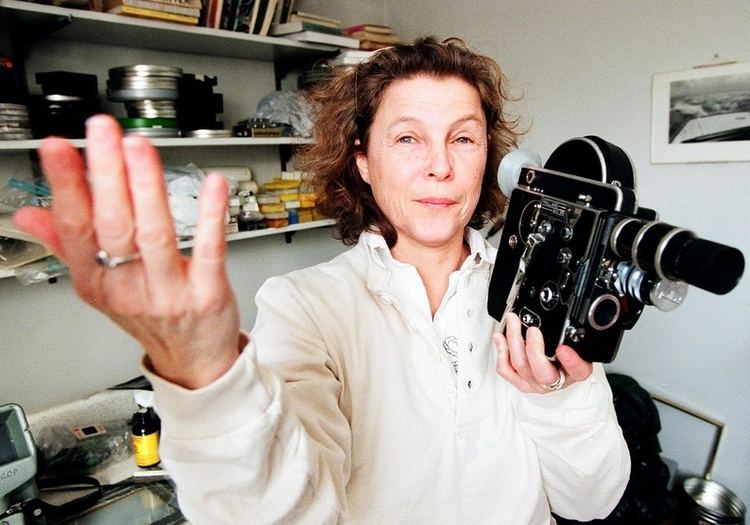Occupation Film director | ||
 | ||
Born April 24, 1945 | ||
Barbara sternberg 2011 canada council laureate a poem a physical experience
Barbara Sternberg (born in 1945) is a Canadian film director known for her experimental films. Sternberg directed films such as Opus 40 (1979), Transitions (1982), At Present (1990), Through and Through (1992), and Midst (1997).
Contents
- Barbara sternberg 2011 canada council laureate a poem a physical experience
- Barbara sternberg un po me une exp rience physique
- Early life
- Career
- Directing techniques
- Contribution to the Canadian experimental film scene
- References
Barbara sternberg un po me une exp rience physique
Early life
Sternberg was born in Toronto, Ontario on April 24, 1945. In her youth, she had an inclination to create art by writing books for her family members. Sternberg stated that her use of photos and text in these books are "similar to the way I work now." She created her first film using her father's 16 mm camera in order to make a gift for her husband. Sternberg stated, "My husband at the time didn't have any home movies and barely any photographs from his growing-up; so I wanted to make him this home movie, to create a past for him." Although she did not initially consider her films as works of art, she eventually began to take them seriously. Although Sternberg eventually attended Ryerson Polytechnic University to learn how to make films, she ignored the teachings in order to make experimental films. "I didn't think at all about industrial film" stated Sternberg, "I just started making stuff in a way I would later learn to call 'experimental'."
Career
Sternberg began her career in filmmaking during the mid-1970s and was one of the only female directors in Canada working in the avant-garde genre at the time. Since the National Gallery of Canada, the Art Gallery of Ontario, Queen’s University and York University have all acquired her films for their collections, Sternberg has received significant national attention in Canada. Aside from her national recognition, Sternberg’s films have also been featured in various international institutions, such as Museum of Modern Art in New York City and the Centre Georges Pompidou in Paris.
Directing techniques
When she began her career, Sternberg transferred Super 8 images onto 16 mm in order to modify the original image to give her films an imperfect finish. This distinguishing filming technique was used to give authenticity to her films. By making her films look like moving photographs, she was able to “turn reality into image”. Due to her interest in “images that bear the traces of life, body, and the materiality of film”, Sternberg's films blurred the line between reality and fiction. Although Sternberg's films were initially characterized for her unique filming technique, she eventually began to utilize modern technology and incorporate them into her directing. By switching from “single channel video, to installation, to hand processed 16mm, to digital media and performance”, Sternberg is thoroughly “engaged in finding the links between technological process and aesthetic production.”
Contribution to the Canadian experimental film scene
Through her contribution to the Canadian experimental film scene, Sternberg helped pave the way for other experimental female directors in Canada. As William Wees notes, “Women were, at best, marginally represented in the world of Canadian experimental film when Sternberg started making films. The recognition they received was instrumental in opening a predominantly male preserve to the work of female film and video-makers, many of whom have profited from her trail-blazing efforts without, I suspect, realizing who helped to open the way for them”.
In addition, Sternberg also contributed to the Canadian experimental film scene by incorporating “a female aesthetic sensibility” into her films. As a result, Sternberg was able to bring a female perspective to Canadian experimental cinema that was not present before.
